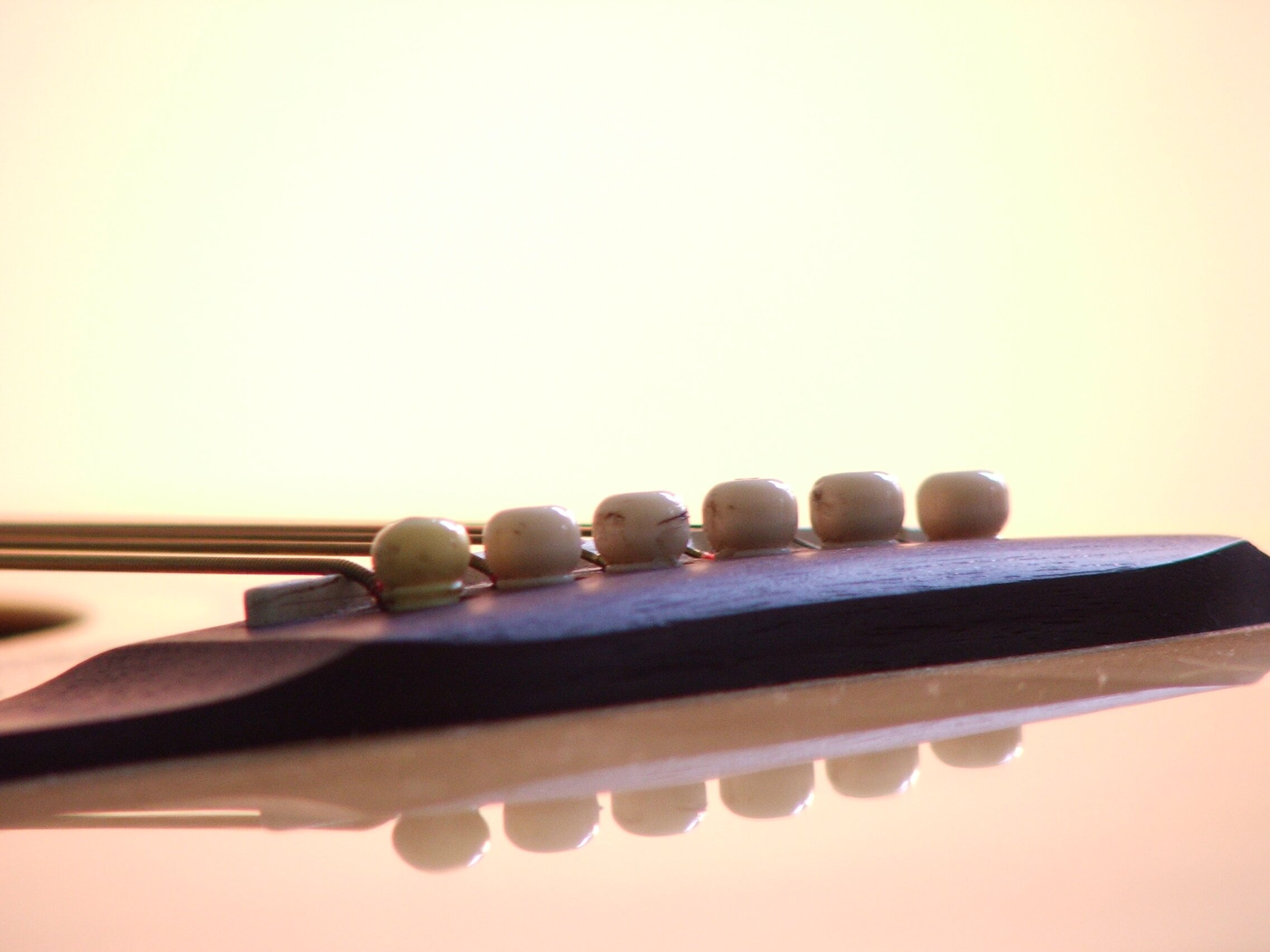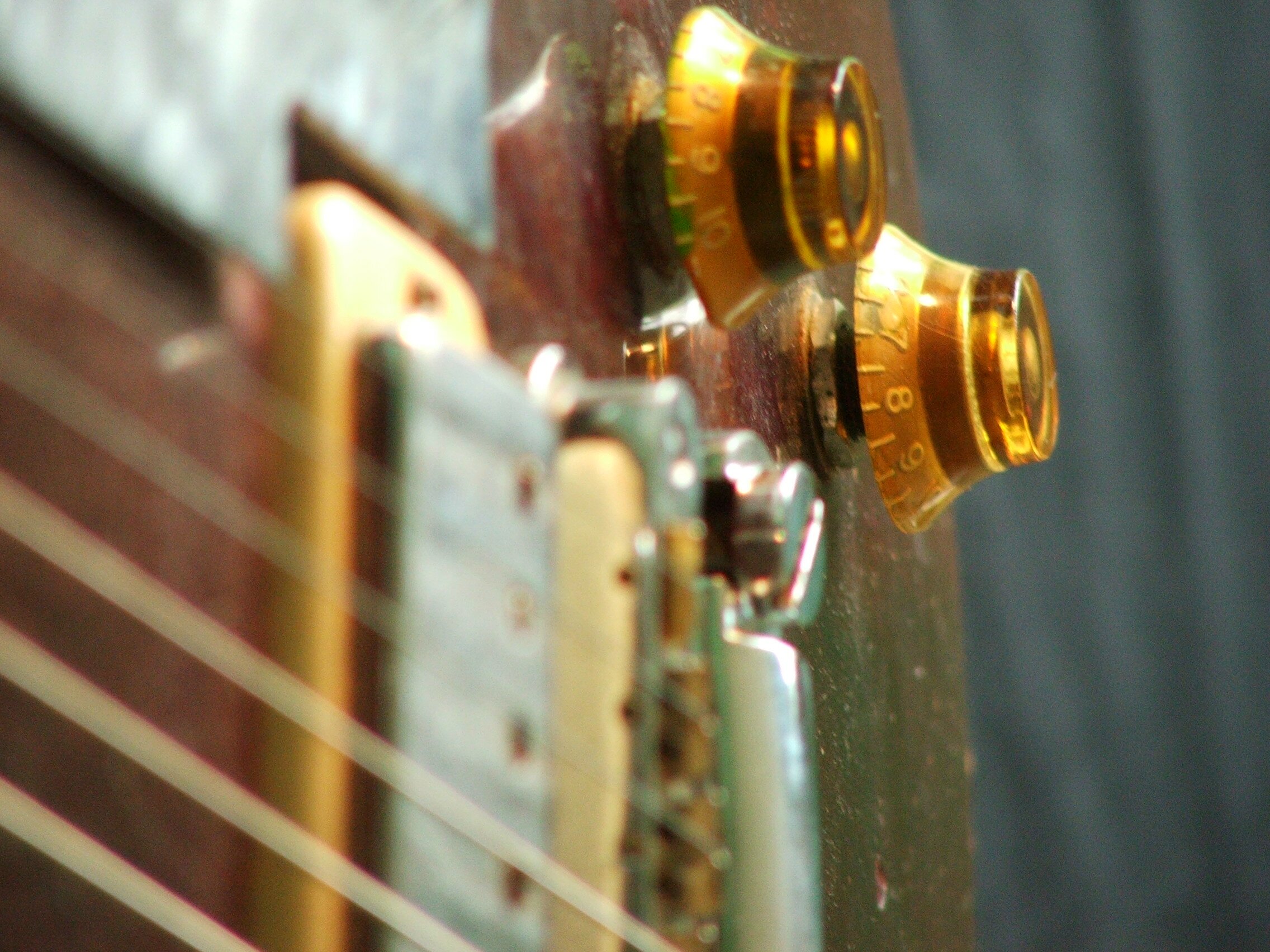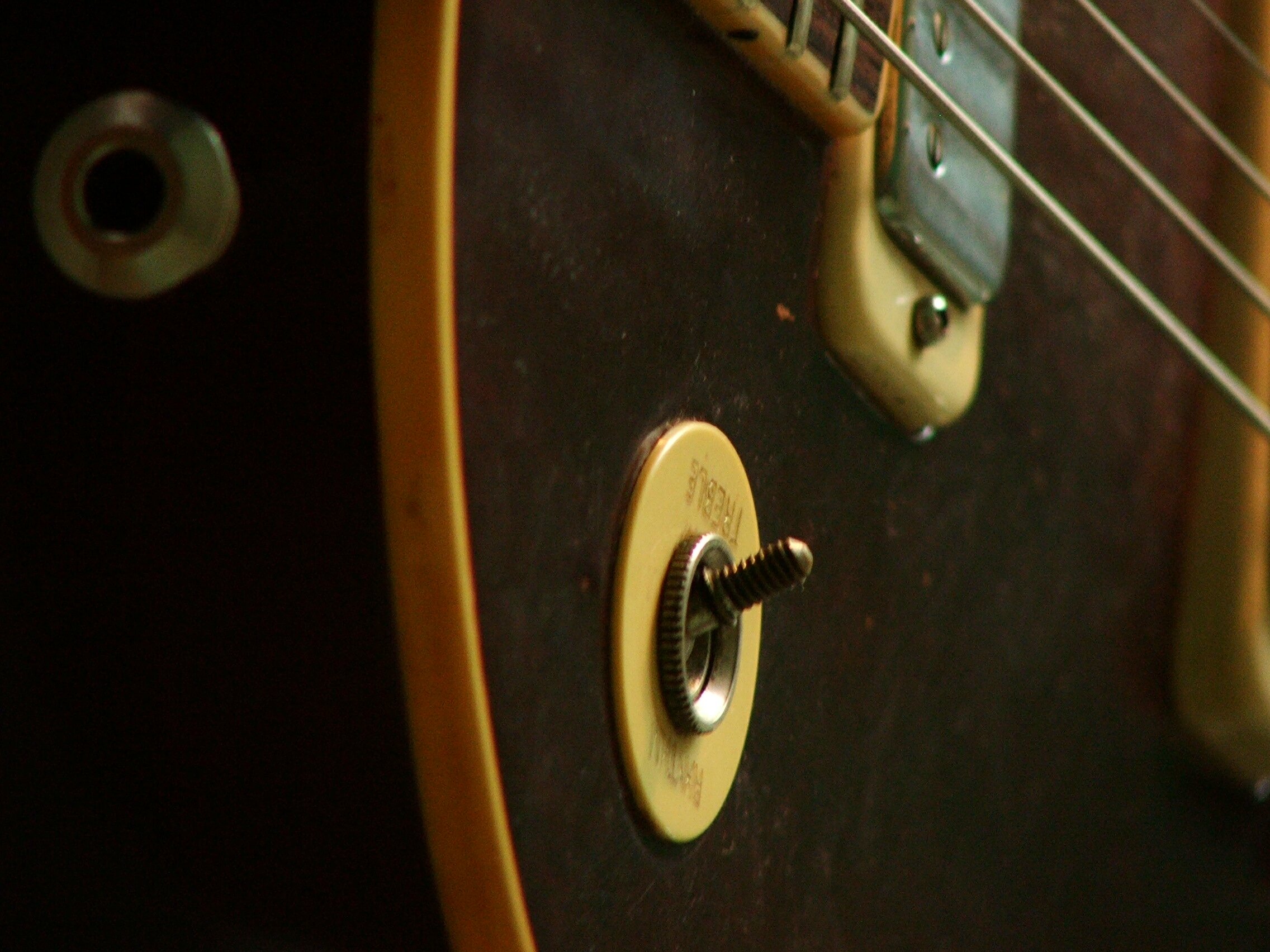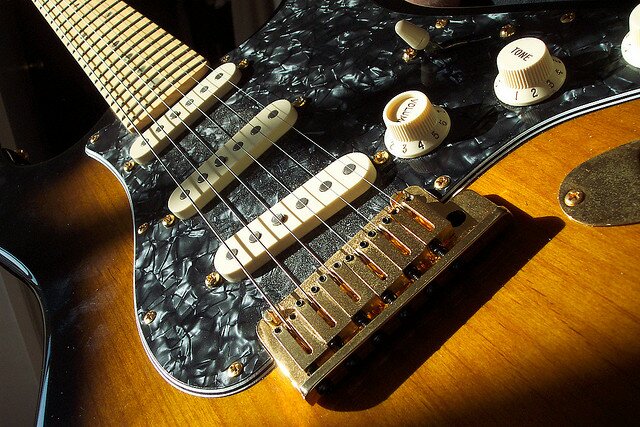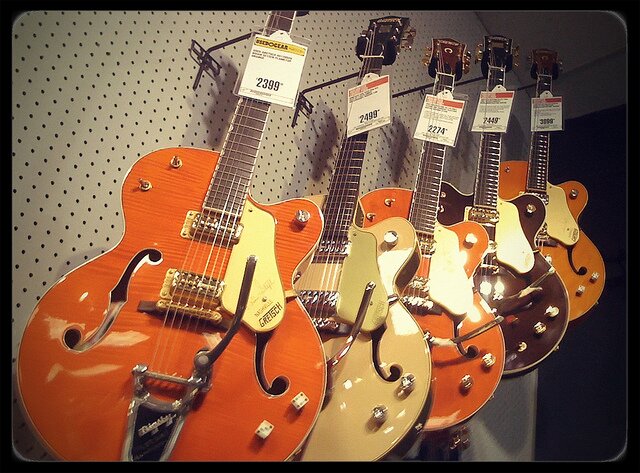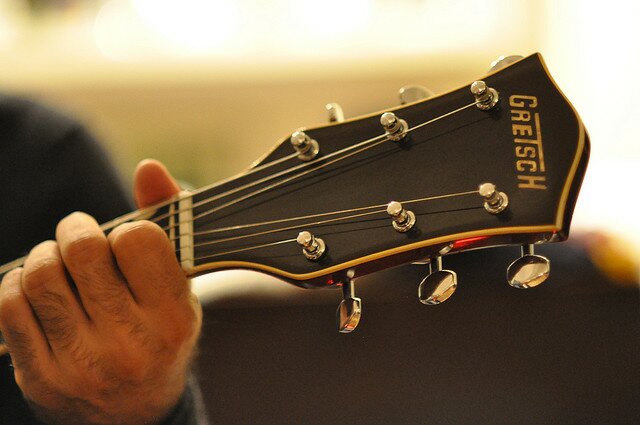Major 7th and Diminished Arpeggio Positions for Guitar
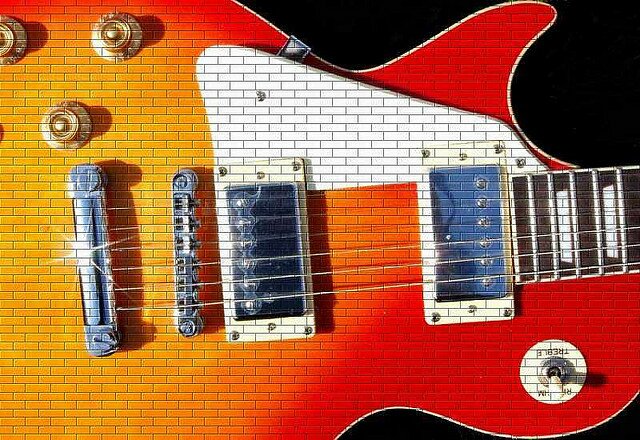
This lesson we will look at the final two seventh arpeggios, the major seventh and the minor seventh b5 arpeggios. The minor 7th b5 arpeggio, or chords, are also known as diminished chords. This is due to the fact that a flat fifth is known as a ‘diminished fifth’. This diminished note gives the chord or arpeggio a very unique sound. It can be used to great effect when used sparingly within a chord sequence or solo, just to give the piece of music that extra little twist. In contrast, the major seventh arpeggio has a very smooth/jazzy sound. The major seventh chord or arpeggio is created in the same way as the other two seventh arpeggios we looked at in the last lesson, but this time it is a major 7th that we add to a major chord to create the major seventh arpeggio. The diminished arpeggio is slightly different, as the 5th has been dropped by a semi-tone, in addition to adding the minor 7th.
Below are two diagrams showing you the notes included in both the major seventh and diminished arpeggios:
Below are some suggested shapes for each arpeggio. Once you have learnt these shapes try creating your own. It might also be worth working out how to fit arpeggio shapes around the chords you are using. By doing this you will be able to use them to create little fills within your chords sequences. Once again, the TAB shows you how to play the shapes in the key of C:
C Major 7th Arpeggio Positions:
C Diminished Arpeggio Positions:
Below is a chord sequence that goes from major 7th to minor 7th b5 in several different keys. For each chord try playing the appropriate arpeggio and listen out for the different sound each one creates.
image credit – raysalaff103









